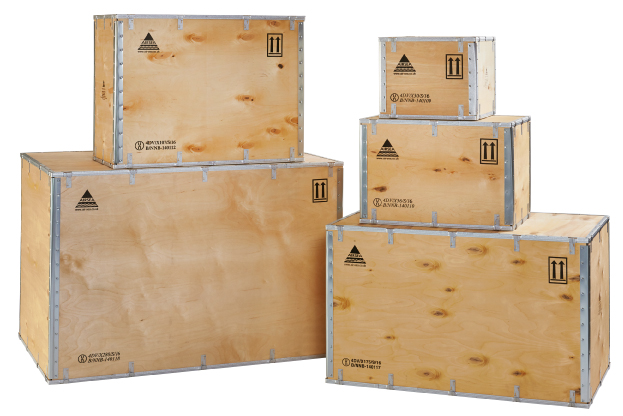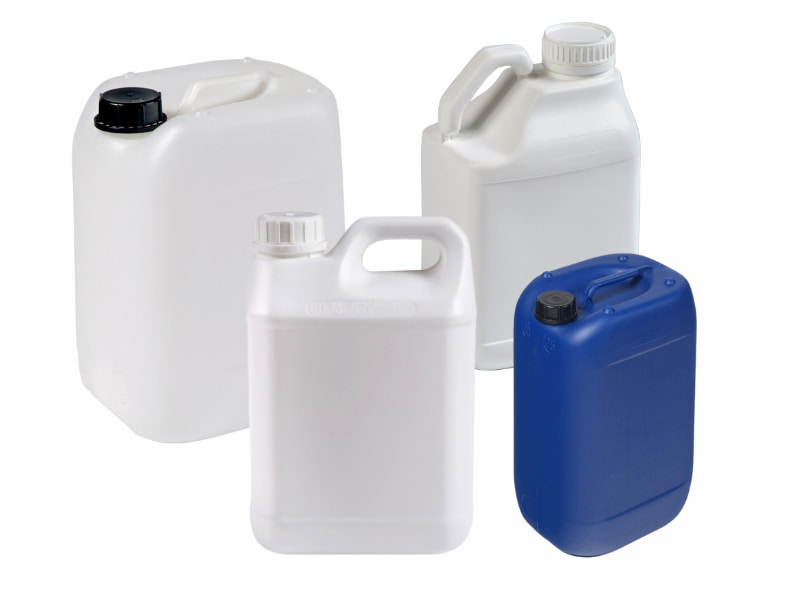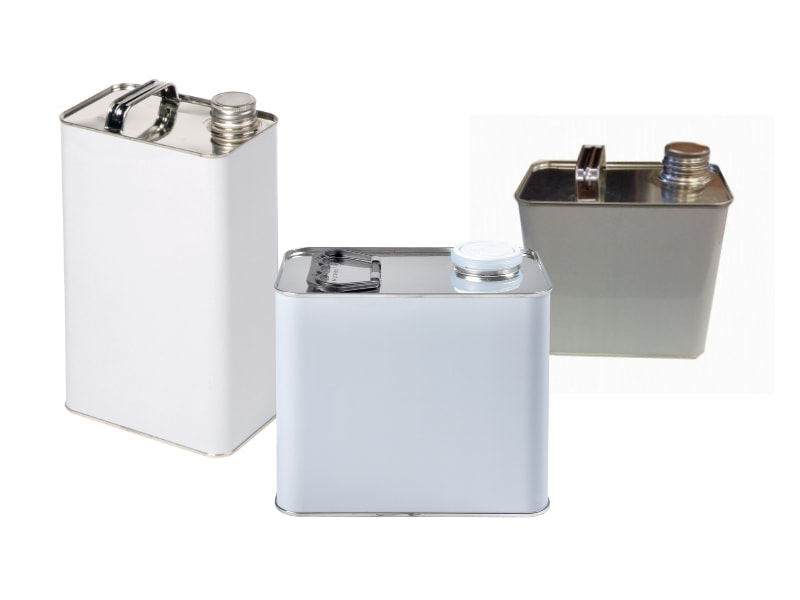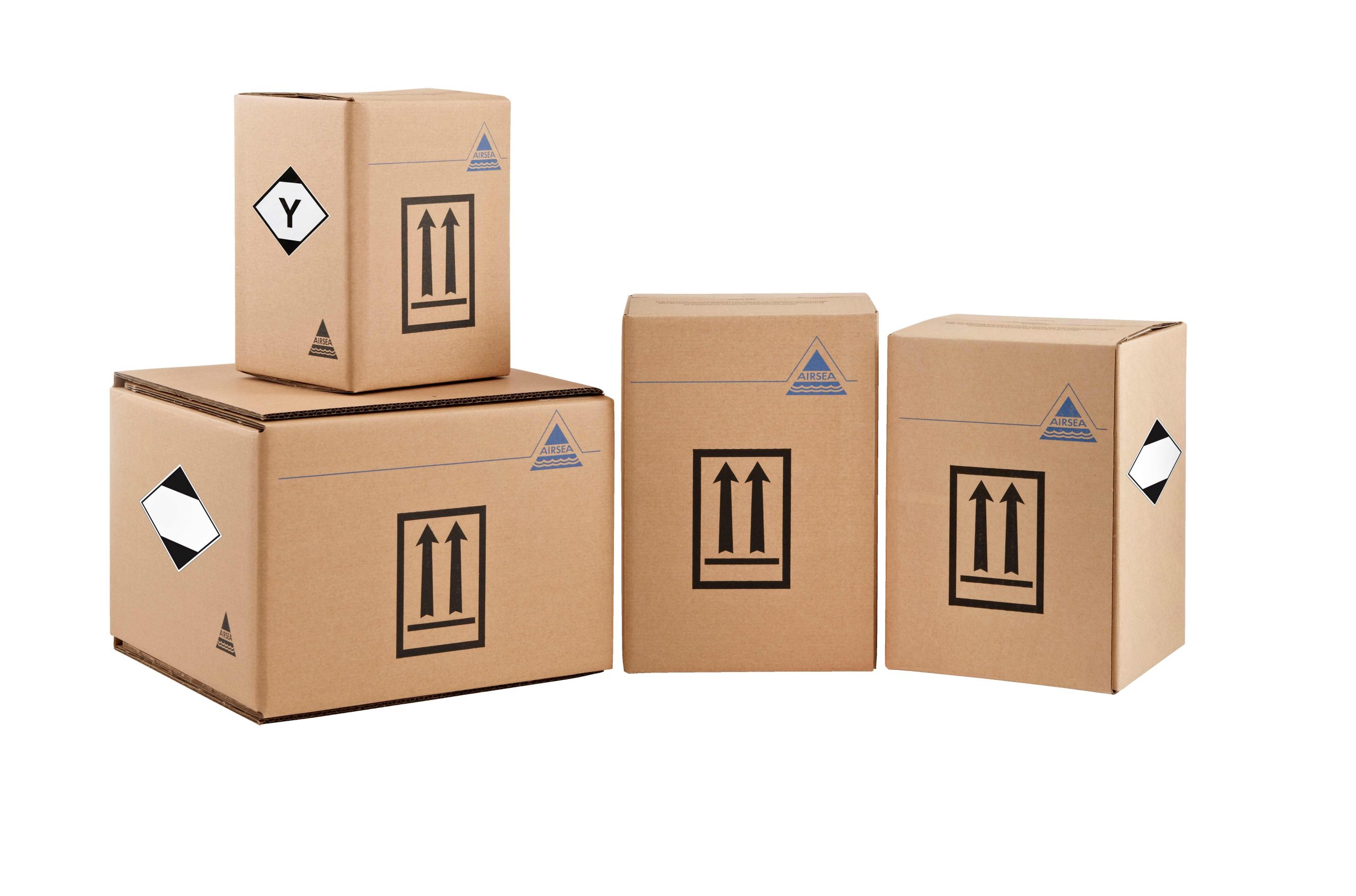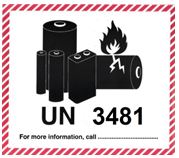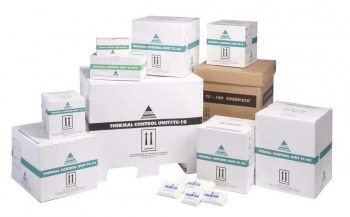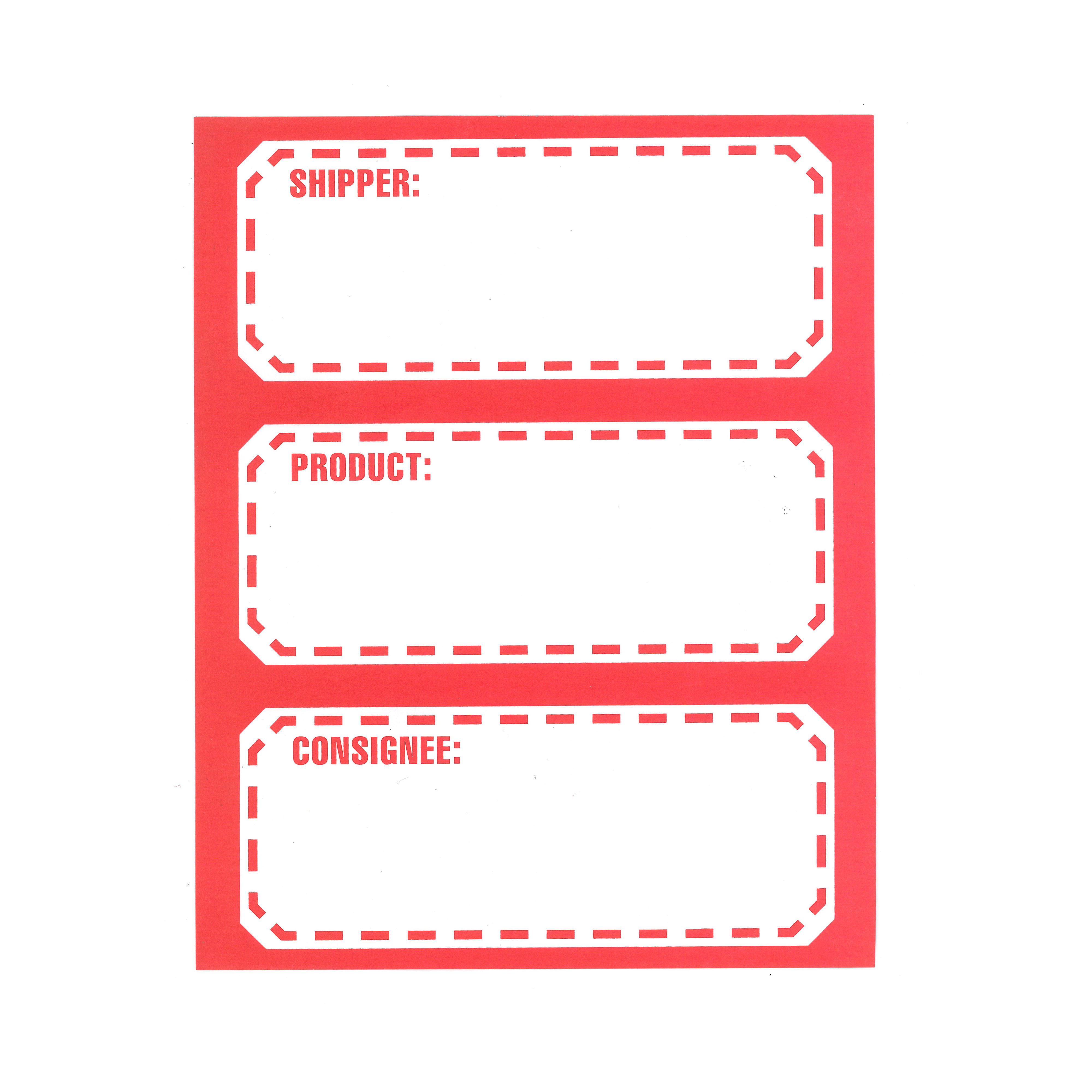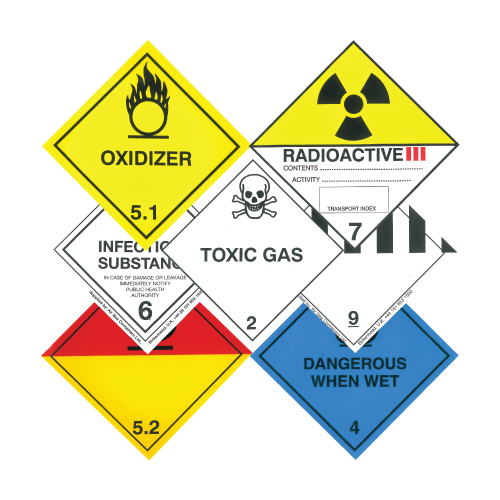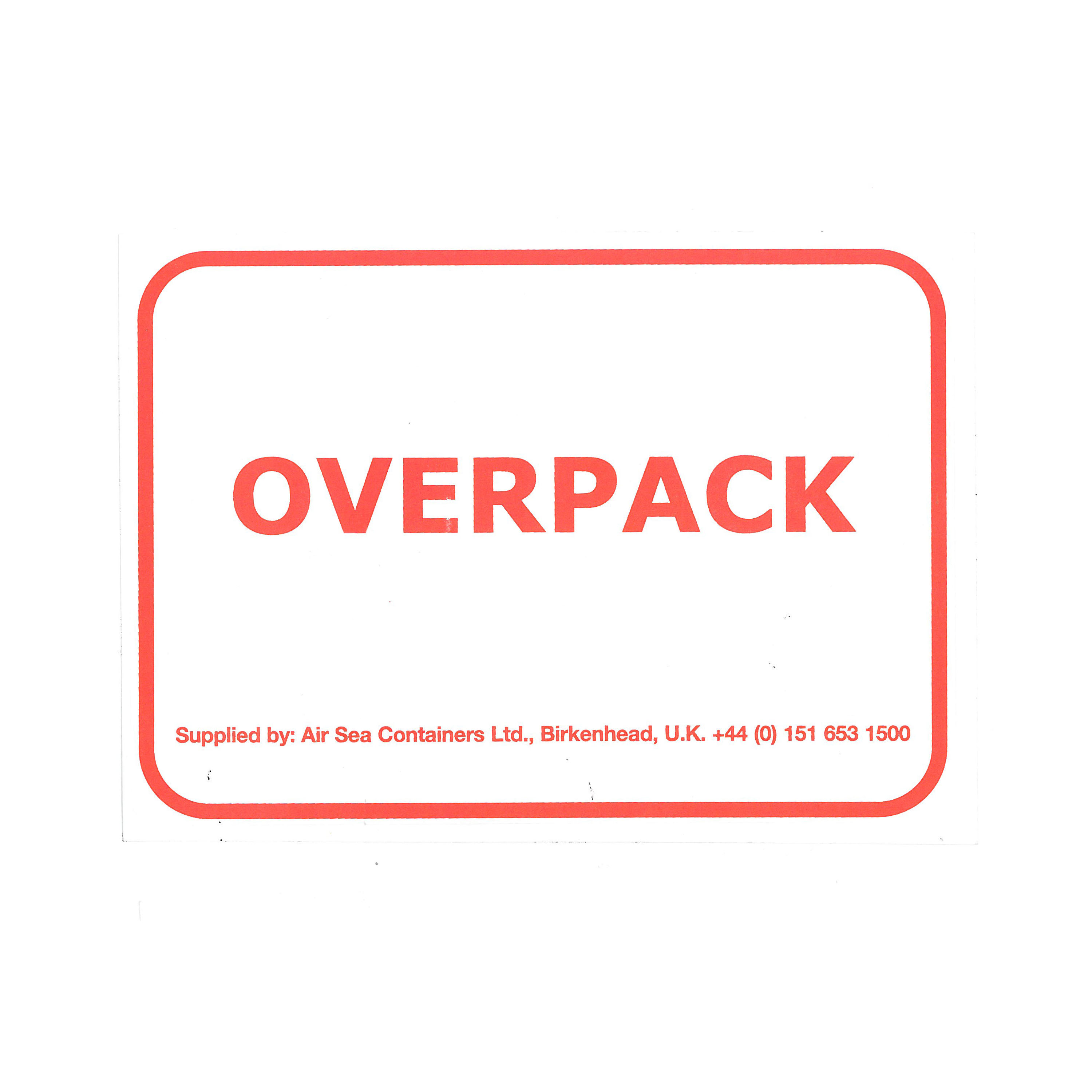Temperature controlled packaging
Our Thermal Control range of qualified -20°C temperature controlled packaging is achieved when used with dry ice.
Our temperature controlled packaging can help you transport your temperature sensitive goods such as food and medicines at a controlled temperature and when combined with our UN approved packaging, you can also ship your hazardous goods or Infectious Substances using our temperature controlled packaging.
Whether you required a proven qualified solution or have an alternative temperature control need we can help. For more information regarding our products please contact our team or Call 001 412 308 5888
 US
US



